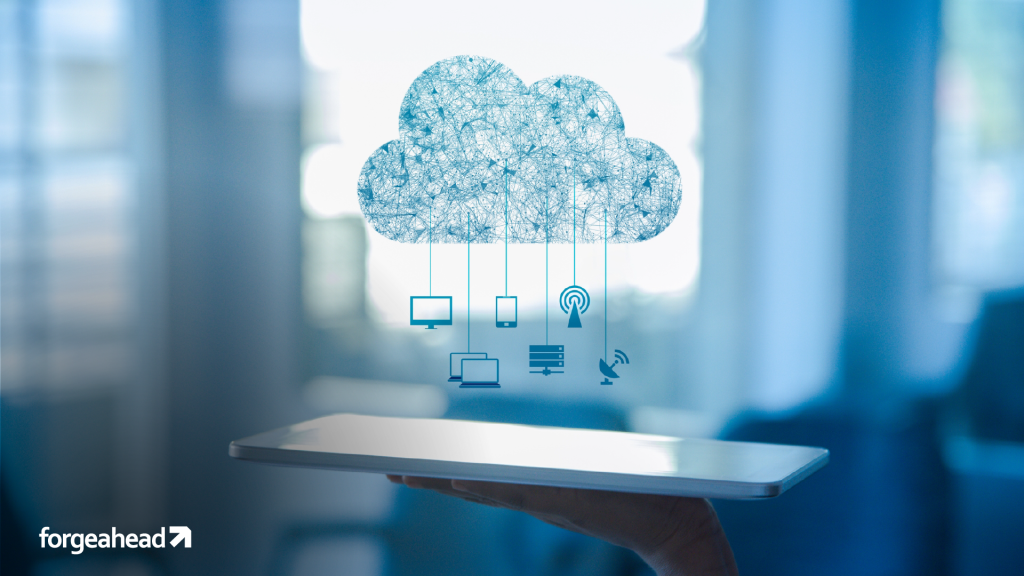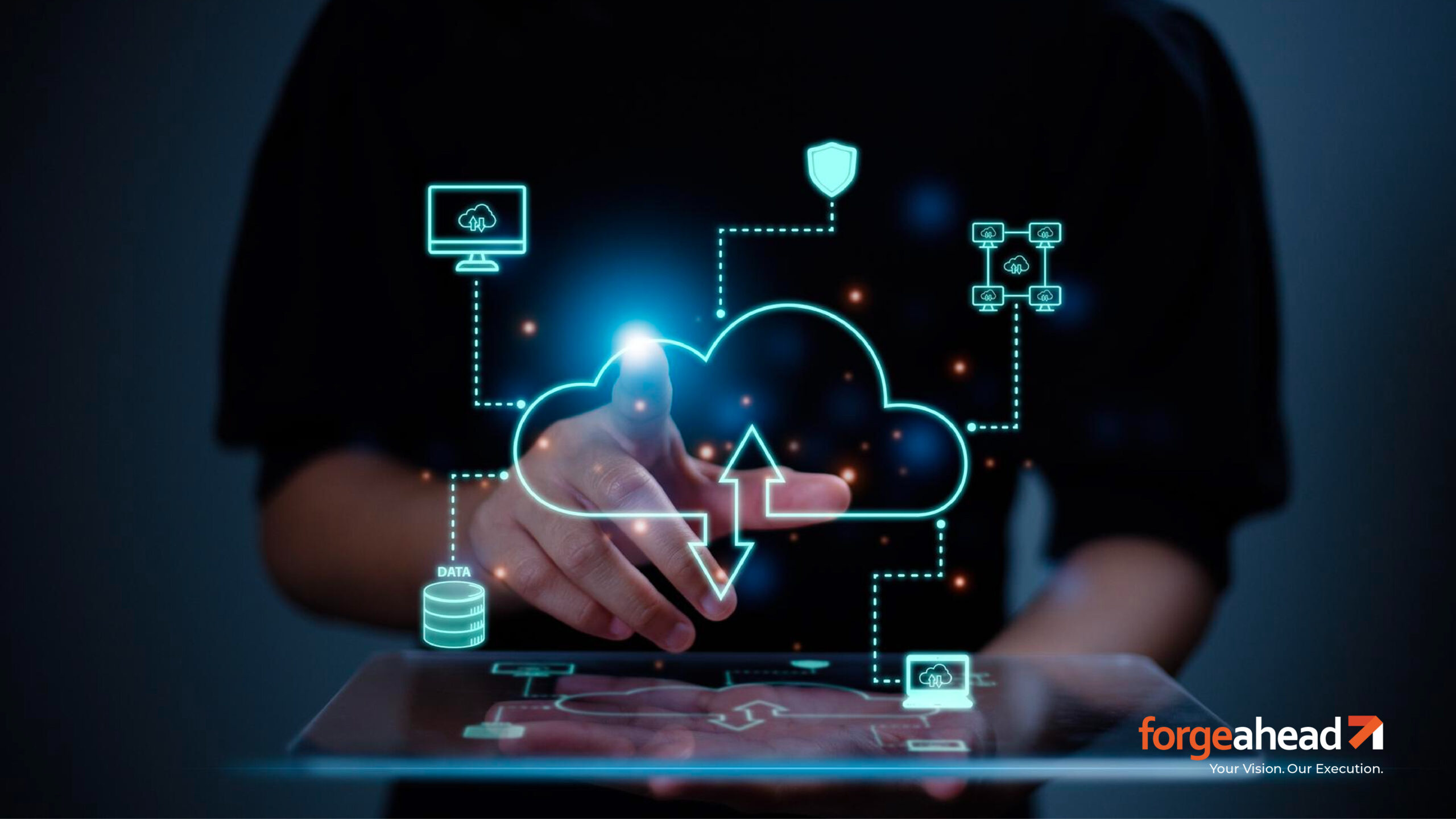Consider traditional cloud models like relying on a central power plant for all your electricity. If the plant fails, everything goes dark.
Now, think of decentralized cloud architectures as solar panels installed on every building—they generate power right where it’s needed, reducing dependence on a single source and increasing reliability.
Could generating ‘power’ closer to where it’s used transform your cloud strategy?
In this article, we’ll explore how decentralized cloud computing works, its benefits and challenges, and how it could be the key to scaling your business effectively.
Understanding Decentralized Cloud Architectures
Decentralized cloud computing distributes data and computing resources across multiple nodes, rather than relying on a central server.
Unlike traditional models provided by cloud infrastructure service providers, this approach leverages a network of interconnected devices to deliver cloud services.
But what exactly sets decentralized cloud architectures apart from the traditional centralized models?
- Distribution of Resources: Data and applications are spread across multiple locations, reducing reliance on a single point of failure
- Edge Computing Integration: Processing power is moved closer to the data source, reducing latency and improving performance
- Enhanced Security Measures: With data distributed across nodes, it’s harder for attackers to compromise the entire system

Benefits of Decentralized Cloud Computing
1. Enhanced Scalability
Scaling centralized cloud infrastructures can be complex and costly. With decentralized architectures, you can scale resources more efficiently.
- Dynamic Resource Allocation: Easily add or remove nodes based on demand
- Reduced Bottlenecks: Distributing workloads prevents congestion in any single node
Could a more scalable infrastructure improve your organization’s agility?
2. Improved Security
Centralized systems can be vulnerable to attacks targeting a single point of failure. Decentralized cloud computing reduces this risk.
- Data Redundancy: Data is replicated across multiple nodes, enhancing resilience
- Distributed Defense Mechanisms: Security protocols are spread throughout the network, making breaches more difficult
Data security in cloud environments is crucial. How secure is your current cloud infrastructure?
3. Lower Latency
Latency can hinder performance, especially for applications requiring real-time processing.
- Edge Computing Capabilities: Processing data closer to the source reduces delays
- Faster Data Access: Users can access data from the nearest node
How much could reduced latency enhance your user experience?
4. Cost Efficiency
Decentralized architectures can lead to significant cost savings.
- Optimized Resource Usage: Pay only for the resources you use
- Reduced Infrastructure Costs: Leverage existing devices and resources
Cloud cost management is a priority for many organizations. Are you spending more than you need to on your cloud infrastructure?

Challenges and Limitations of Decentralized Cloud Architectures
While the benefits are compelling, it’s important to consider the challenges.
1. Complexity in Management
Managing a decentralized environment can be more complex than traditional models.
- Advanced Tools Required: Need for sophisticated management platforms
- Skilled Personnel: Requires expertise in decentralized systems
2. Data Consistency Issues
Ensuring data remains consistent across all nodes can be challenging.
- Synchronization Difficulties: Changes need to be propagated throughout the network
- Potential for Conflicts: Simultaneous updates can cause inconsistencies
3. Regulatory and Compliance Concerns
Storing data across multiple regions can raise compliance issues.
- Data Sovereignty Laws: Different countries have varying regulations.
- Privacy Concerns: Ensuring compliance with GDPR, HIPAA, and other regulations.
Use Cases for Decentralized Cloud Architectures
1. Edge Computing
Applications requiring low-latency processing, such as IoT devices and autonomous vehicles, benefit greatly.
- Real-Time Analytics: Process data instantly at the source
- Improved Performance: Enhance responsiveness of applications
2. Blockchain and Data Sharing
Decentralized architectures are ideal for blockchain applications.
- Distributed Ledgers: Enhance transparency and security
- Peer-to-Peer Networks: Facilitate secure data sharing without intermediaries
3. Data-Intensive Workloads
High-performance computing tasks can be distributed across nodes.
- Scientific Simulations: Spread complex computations
- Big Data Processing: Handle large datasets efficiently
Could your data-intensive applications perform better in a decentralized environment?
Impact on Cloud Modernization
Decentralized cloud architectures are reshaping how organizations approach cloud modernization.
- Supporting Emerging Technologies: AI and machine learning require scalable, low-latency environments.
- Enhanced Flexibility: Organizations can tailor their infrastructure to specific needs.
Future Trends:
- Integration with 5G Networks: Further reducing latency and enhancing connectivity.
- Increased Adoption: As tools and expertise grow, more organizations will adopt decentralized models.
Comparing Centralized vs. Decentralized Cloud Solutions
| Aspect | Centralized Cloud | Decentralized Cloud |
| Scalability | Limited by central resources | Enhanced through distributed nodes |
| Security | Vulnerable to single points of failure | Improved via distribution and redundancy |
| Latency | Potential delays due to centralized processing | Reduced latency with edge computing |
| Cost Management | Higher costs due to infrastructure maintenance | Cost-efficient by leveraging shared resources |
| Data Sovereignty | Challenges with global data compliance | Better compliance through localized data storage |
Which architecture aligns better with your organization’s goals?
Ending Thoughts
Decentralized cloud architectures represent a significant shift in how we approach cloud computing.
By addressing scalability challenges, improving security, reducing latency, and optimizing costs, they offer a compelling alternative to traditional models.
But transitioning to a decentralized model isn’t without its challenges. It requires careful planning, skilled personnel, and a clear understanding of regulatory landscapes.
Are you ready to explore how decentralized cloud computing can transform your organization’s cloud infrastructure?
At Forgeahead, our team of experts can guide you through the process, ensuring you leverage the full benefits while mitigating risks.
Frequently Asked Questions
1. What is decentralized cloud computing?
Decentralized cloud computing distributes data and processing across multiple nodes rather than relying on a central server, enhancing scalability and resilience.
2. How does decentralized cloud architecture differ from traditional cloud models?
Unlike centralized models that store data in a single location, decentralized architectures spread data across various nodes, reducing bottlenecks and single points of failure.
3. What are the main benefits of using decentralized cloud architectures?
Benefits include improved scalability, enhanced security, lower latency, and cost efficiency.
4. Are there any risks associated with decentralized cloud solutions?
Yes, challenges include complexity in management, data consistency issues, and regulatory compliance concerns.
5. How does decentralized cloud computing impact data security?
It can improve security by reducing single points of failure, but it also requires robust security measures across all nodes.
6. What are the best use cases for decentralized cloud computing?
Ideal for edge computing, blockchain applications, and data-intensive workloads that benefit from distributed processing.
7. What role does decentralized cloud play in supporting edge computing?
It brings computing power closer to data sources, reducing latency and enhancing real-time processing capabilities.



